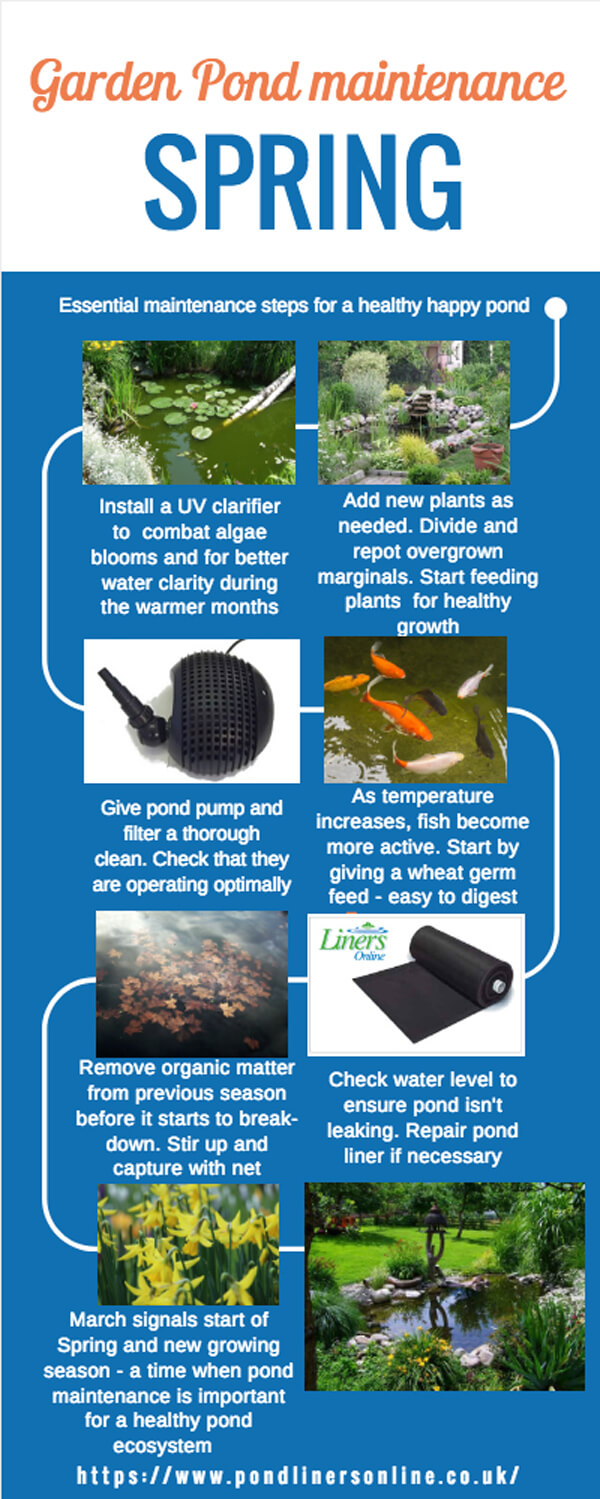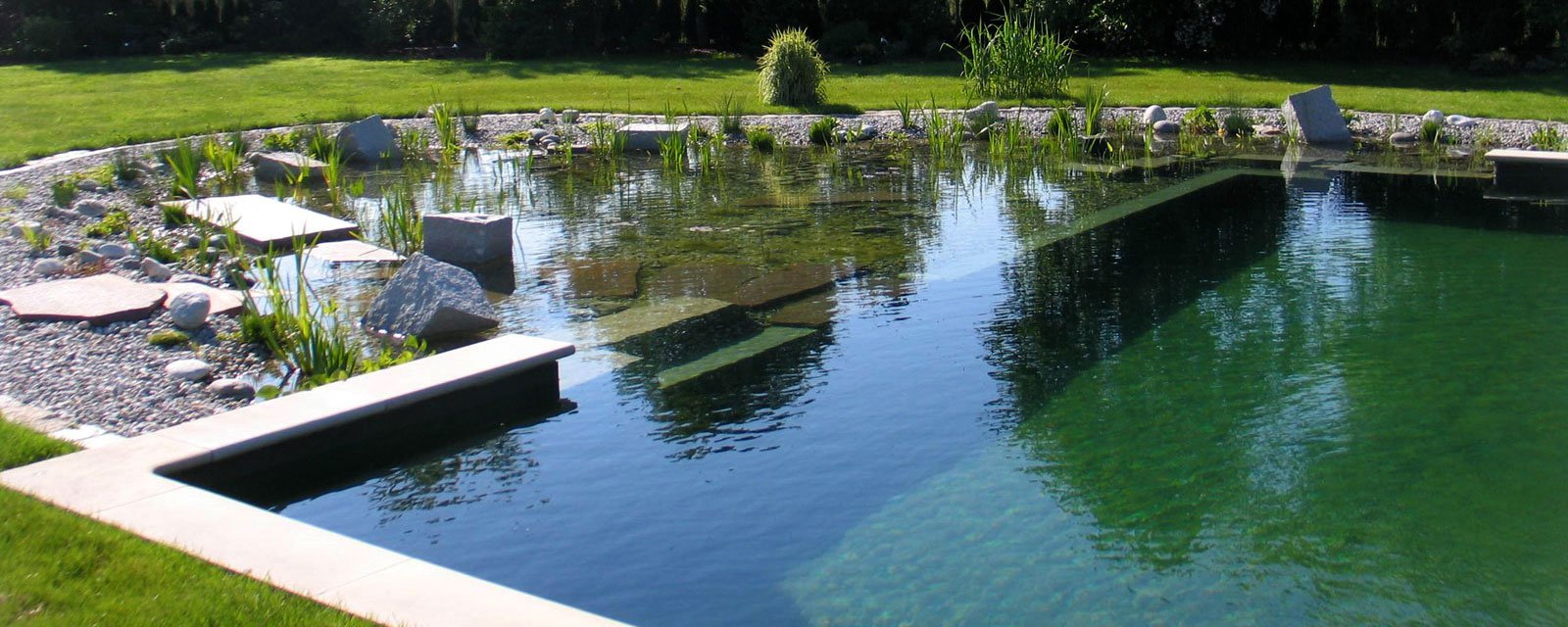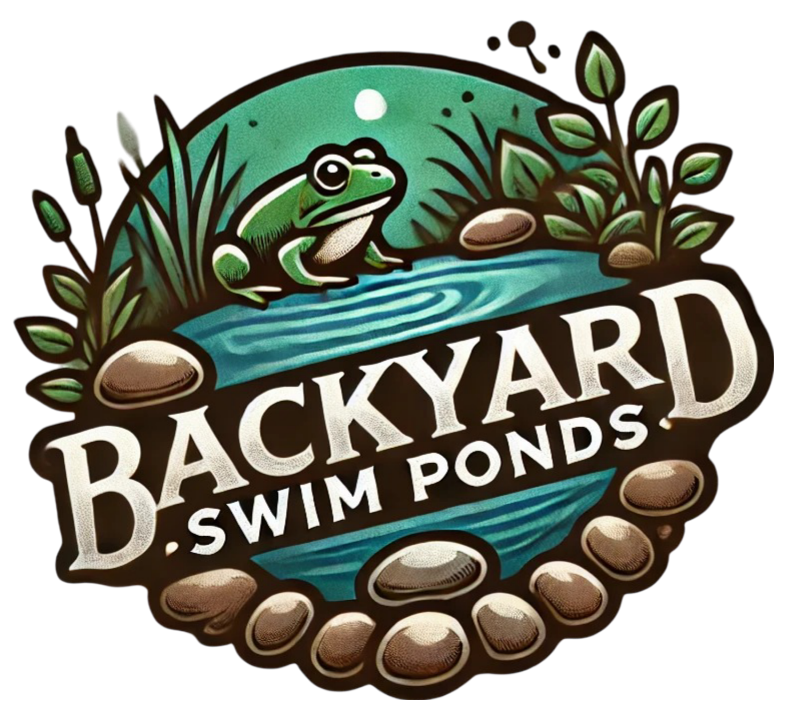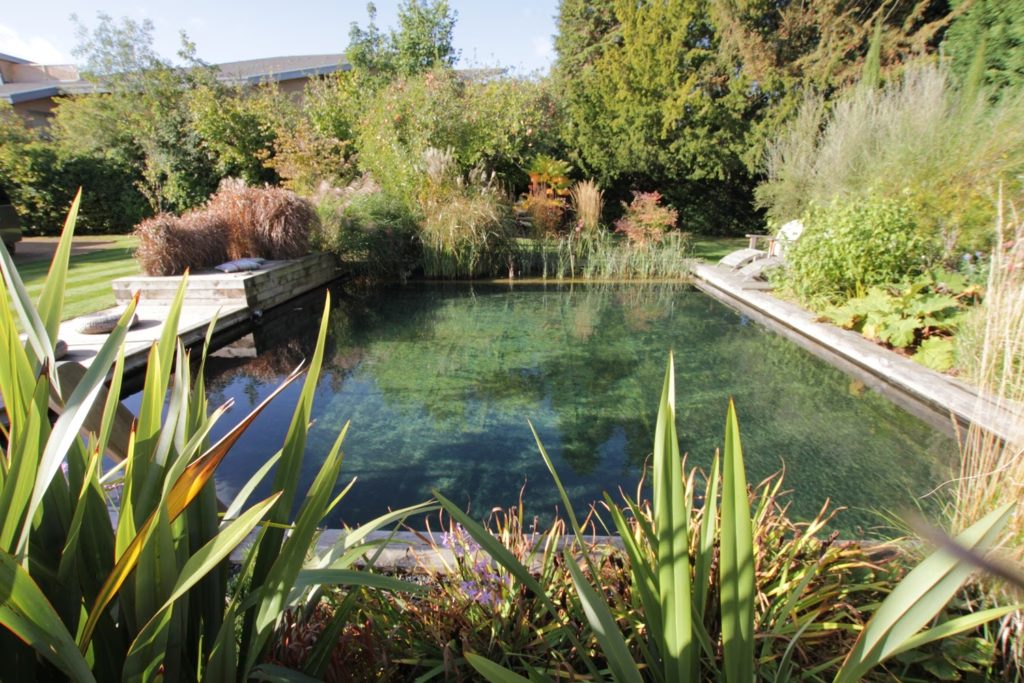Creating a swim pond with clear and pristine water involves understanding the crucial role that aquatic plants play in maintaining water quality. Swim ponds are more than just places for relaxation; they are vibrant ecosystems where plants, fish, and microorganisms coexist to create a balanced water environment. As a swim pond owner, you might be wondering how to naturally enhance water clarity, control algae growth, and improve the overall health of your pond.
In this guide, we will explore the most effective plant species that contribute to maintaining pristine water quality in your swim pond. We will also discuss suitable plant combinations based on pond size and depth, and we will highlight the importance of regular maintenance in fostering a healthy aquatic environment. Let’s dive in and discover the ideal swim pond plants that will help you keep your aquatic haven in top condition.
Why Swimming in Clear Water Matters
The quality of water in your swim pond is paramount for both health and enjoyment. Clear water significantly enhances the swimming experience, making it more inviting and safe. On the other hand, poor water quality can lead to harmful algae blooms, detracting from the aesthetic appeal of your pond and posing health risks.
When considering filtration systems, you have two main options: natural plant-based filtration and mechanical systems. While mechanical systems typically keep water clear, they take up a smaller portion of the swimming area—around 15% to 30%. In contrast, natural systems may utilize 50% to 100% of the pond area. However, natural systems cultivate a harmonious ecosystem that can effectively filter water.
Maintaining a balanced ecosystem with a mix of aquatic plants reduces nutrient loads and promotes the breakdown of waste materials, contributing to clearer water. Research indicates that fluctuations in water quality can occur in plant-based systems, especially during warmer weather. By being aware of these dynamics, you can take proactive steps to ensure cleaner and clearer water.
Description: A beautiful, clear swim pond setup highlighting the ideal conditions for swimming (Source: Clear Water Revival)
Meet the Champions of Water Clarity – Top Aquatic Plants
When it comes to selecting plants that contribute to pristine water quality in your swim pond, several species are particularly effective due to their nutrient absorption capabilities and unique benefits.
-
Water Hyacinth (Eichhornia crassipes): This floating plant is highly efficient at absorbing excess nitrogen and phosphorus, with studies showing it can remove up to 90.6% of total phosphorus from pond water. Its rapid growth means that benefits can be observed in a short time.
-
Duckweed (Lemna spp.): Known for its small size, Duckweed is capable of covering water surfaces efficiently while removing 30% to 70% of total phosphorus. Additionally, it helps to shade the water, which can reduce algae growth.
-
Water Lettuce (Pistia stratiotes): Similar to Water Hyacinth, Water Lettuce excels at filtering nutrients, with an ability to remove up to 63.2% of nitrogen. Its lush rosettes not only filter the water but also provide habitat for small organisms.
-
Cattail (Typha orientalis): Cattails are effective at lowering pH levels and absorbing nitrogen compounds, which aids in maintaining a balanced ecosystem and supporting other aquatic life.
Using a diverse mix of these plants enhances the holistic functionality of your swim pond while creating a visually appealing landscape.

Description: An image of Water Hyacinth, known for its nutrient absorption capabilities, showcasing its flowers and foliage (Source: Wikimedia Commons)
Description: A dense coverage of Duckweed on water, illustrating its effectiveness in controlling nutrients and algae (Source: Wikimedia Commons)
:max_bytes(150000):strip_icc()/water-lettuce-profile-5186151-hero-f8ae11ee2c1c4b07966a9fbbc2b66b7c.jpg)
Description: Water Lettuce floating on the surface of a pond, demonstrating its lush appearance and filtration benefits (Source: The Spruce)
Tailoring Your Plant Choices to Pond Size and Depth
Choosing the right plants for your swim pond based on its size and depth is vital for optimizing filtration efficiency and enhancing its aesthetic appeal. Here are recommended plant combinations for different pond dimensions:
For Small Swim Ponds (up to 30 m²)
-
Shallow areas (0-30 cm): Opt for plants like Marsh Marigold, Water Forget-me-not, and Brooklime. These not only add visual interest but also help absorb nutrients.
-
Medium depth (30-60 cm): Incorporate Pickerelweed and Arrowhead for their ecological benefits and beauty.
-
Deeper areas (60+ cm): Miniature water lilies are ideal choices that contribute to both aesthetics and water clarity.
For Medium Swim Ponds (30-100 m²)
-
Shallow areas: Soft Rush and Blue Flag Iris offer visual appeal and support local wildlife while filtering nutrients.
-
Medium depth: Sweet Flag and Water Plantain are excellent for these conditions, contributing to both water quality and biodiversity.
-
Deeper areas: Dwarf water lilies can create stunning visual statements without overwhelming the aquatic ecosystem.
For Large Swim Ponds (100+ m²)
-
Shallow areas: Cattails and Northern Blue Flag Iris will form a robust perimeter while filtering incoming nutrients.
-
Medium depth: Maintain a mix with Pickerelweed and Arrowhead to promote a diverse plant life.
-
Deeper areas: Full-size water lilies and Lotus offer grandeur while keeping water clear.
These carefully selected combinations ensure a varied plant life across different pond zones, each playing a role in improving water quality.

Description: A diagram illustrating the layout of plants in swim ponds according to depth zones (Source: Broad Ley Aquatics)
The Maintenance Playbook for Thriving Aquatic Flora
Regular care for your swim pond plants is crucial for ensuring their effectiveness in filtering water. Here are some practical maintenance tips tailored to your top recommended species:
-
Water Lilies (Nymphaea species): Fertilize them monthly during the growing season, from May to September, and regularly trim dead or yellowing leaves to prevent decay.
-
Cattails (Typha latifolia): Trim them back annually in late winter or early spring, and you’ll find they don’t require additional fertilization, as they naturally absorb nutrients from the water.
-
Pickerelweed (Pontederia cordata): To encourage blooming, deadhead spent flowers and divide plants every three to four years to maintain vigor.
-
Iris (Iris versicolor): Minimal intervention is generally needed, but cutting back foliage in late fall or early spring can boost their growth.
-
Duckweed and other floating plants: Regularly removing decaying matter is essential to prevent nutrient buildup in the water.
Balancing plant density and ensuring regular checks will improve water quality while providing an appealing landscape for swimming.

Description: An infographic detailing maintenance tasks for aquatic plants, including trimming and care tips (Source: Pond Liners Online)
Safety First – Swim Comfort and Irritation Concerns
While aquatic plants can greatly enhance water quality, thoughtful planting is essential to ensure swimmer comfort and safety. Some plants may cause irritants or hazards:
-
Certain species, such as Water Hyacinth, may trigger allergic reactions in sensitive individuals, so it’s wise to be cautious with them.
-
Swimmers might become entangled in plants like Coontail, emphasizing the need to strategically locate denser growth areas away from swimming zones.
To cultivate a safe swimming experience:
-
Establish clear entry and exit points to guide swimmers away from denser plant growth.
-
Regular maintenance, including trimming and removing overgrowth, should be prioritized to enhance safety and accessibility.
Plants such as Iris versicolor provide filtration benefits without significant risks to swimmers, thus striking a balance between ecology and comfort.

Description: An image showcasing a safe swimming zone alongside dense plant growth, emphasizing the importance of plant placement (Source: Colonial CDD)
The Pros and Cons of Natural vs Mechanical Filtration for Swim Ponds
Next, let’s discuss your options for filtration systems in your swim pond.
Natural plant filtration systems rely on aquatic plants to maintain water clarity; however, they require more space—up to 100% of the swimming area. On the other hand, mechanical systems typically occupy 15% to 30%.
While natural systems are excellent for preventing harmful blooms and provide an aesthetically pleasing environment, they can struggle with high nutrient loads during rainy seasons. Mechanical systems maintain more consistent clarity and are less affected by seasonal changes but often involve more routine maintenance.
Both filtration approaches have their respective strengths and challenges, so your choice will depend on your specific conditions and aquatic goals.

Description: A comparative graphic illustrating the differences between natural swimming ponds and mechanical filtration systems (Source: Fluidra)
Bridging Nature and Technology – Hybrid Solutions for Optimal Water Quality
In modern swim pond management, hybrid systems that blend natural plant filtration with mechanical aids are gaining popularity. These systems harness the advantages of both, ensuring optimal water clarity while preserving ecological balance.
As trends shift towards sustainability, incorporating native plant species can enhance biodiversity while offering effective filtration. Hybrid systems can maintain both aesthetic appeal and practical improvements, resulting in a beautiful and manageable swim pond.

Description: An image of a modern swim pond integrating natural and mechanical components for enhanced water quality (Source: EcoHome)
In summary, understanding the right aquatic plants for your swim pond is essential for improving water quality while fostering a sustainable ecosystem. By utilizing effective plant species, ensuring proper maintenance, and following safety measures, you can enjoy a crystal-clear swimming environment that supports relaxation and fun. Aim for a balance of natural elements and technology for optimal results, and your swim pond will be a highlight of your property.

